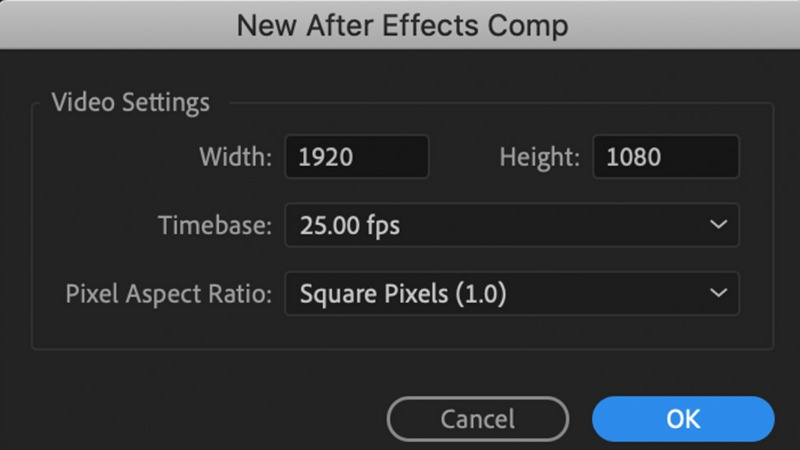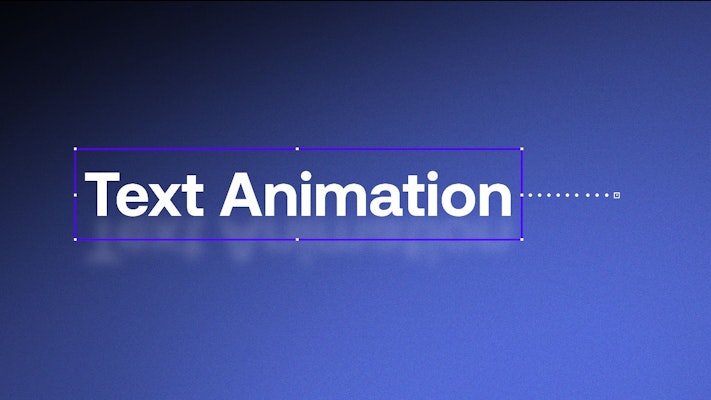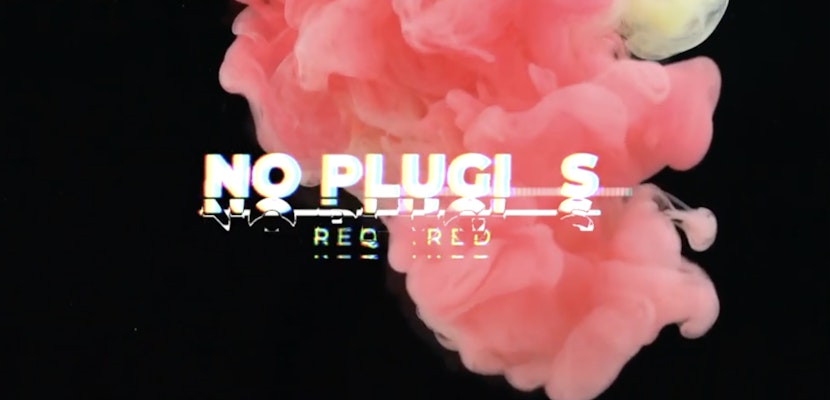There are a lot of elements that can take your video project to the next level such as music, effects, color grading, and titles. For some editors, titles are just the text that appears on-screen telling the view the name of the film, or who made it, but titles can be used for so much more.
You can use animated text for opening titles, credits, time and location information, lower thirds, and even displaying on-screen dialogues. We will take a detailed look at the various Premiere Pro text animation styles, and how they can be used to help reinforce themes and narratives in your film. So, let’s dive into the steps on how to animate text in Adobe Premiere Pro CC!
Summary
Part 1: How to Add Text Animation in Premiere Pro
There are several ways to add titles to your project, each giving you different options for how you can control and manipulate the text.
Step 1: Add Text Using the Type Tool
Adding a title to your project is really easy, and can be done with just a few clicks.
- In your project select the T tool.
- Create a text box in the viewer and type your titles.
- In the Effects Controls panel, you can change the font, size, alignment, and color of your text.
For a deeper look into how to add and format text, check out this Premiere Pro tutorial.
Step 2: Use Pre-Animated Templates
The Essential Graphics panel offers a range of pre-animated text templates, which you can customize in various ways.
- In the Graphics tab, open the Essential Graphics panel.
- Browse the title templates until you find one you like.
- Drag and drop it to your timeline, and place it above the clip you wish it to appear on.
Once you’ve selected a template, here’s how to edit it:
- Double click the text on-screen to edit.
- Select the title in your timeline, in the Essential Graphics panel. The various customization options will appear.
- Edit the Font, Color, and Size, along with any elements or effects included in the template graphic (such as boxes and lines around the text).
Step 3: Customize Your Animation Settings
If the Essential Graphics template isn’t quite right, there are a number of things you can do to customize the animation from within Adobe Premiere Pro.
- The first step is to look at the keyframing of your chosen graphic — select the graphic in your timeline.
- In the Effects Control panel, open up the keyframe box by grabbing the edge and sliding to the right.
- To slow down the animation, grab the keyframes and spread them along the timeline. To speed it up, drag the keyframes, so they are closer together. Click the drop-down next to the property which has the keyframes to open up the Velocity controls.
- The velocity controls the variable speed of your animation — you can adjust elements like how quickly your title comes to a stop.
Part 2: Use Effects for Cool Text Animations in Premiere Pro
The Essential Graphics are a great solution to animating your titles in Premiere Pro, but what if you want more control? No problem! Using the layer properties, titles can be animated in the same way as your clips, images, and other graphics. Here are a few simple animations you can do.
1. Fade
The fade is a classic animation that is incredibly simple. You might not consider the fade to be an animation, but think of how your titles would look just appearing on-screen. When you don’t want a big flashy animated title, the fade is your best friend.
- Select your title in the sequence.
- Find the Opacity settings in the Effects Control panel.
- Place the playhead about a second into your title.
- In the Effects Control panel, click the stopwatch next to Opacity.
- Move the playhead to the start of your title.
- Decrease the Opacity to 0%. You will see a new keyframe is added indicating the start of the animation. You can adjust the speed of the animation by dragging the keyframes further apart.
2. Scale
Scale is another property that can be manipulated quite easily to create fun and dramatic titles. For example, if you want the text to start small and get bigger or change shape, here’s how that digital wizardry is created.
- Select your title in the sequence.
- Find the Scale settings in the Effects Control panel.
- Place the playhead about a second into your title.
- In the Effects Control panel, click the stopwatch next to Scale.
- Move the playhead to the start of your title.
- Shrink or enlarge your title accordingly.
Bonus! You can add a bounce to your text by adding additional keyframes and adjusting the velocity.
3. Position
For this final animation, we are going to work with the position tools. You can change the position of any layer in your project, but this will affect everything in that layer. For slightly more advanced title animation, try separating your titles onto separate layers and animating them independently.
- Place your playhead where you want the animation to finish, select a title layer and click the stopwatch next to the Position property in the Effects Control panel.
- Keeping your playhead in the same position, select your second title and click the stopwatch. This will make sure both titles finish their animation at the same time.
- Place the playhead where you want the animation to start, and change the Position of each title in turn so that they come from different sides of the screen.
Let’s add some opacity effects to this animation:
- Place the playhead in between the 2 Position keyframes, and select the Opacity stopwatch.
- Place the playhead over the first Position keyframe, and decrease the Opacity to 0%.
Using these three properties, you can create a wealth of text animations for your projects. Try playing around with timing and mixing animation effects for different results.
Part 3: Use After Effects with Dynamic Link to Use Titles in Premiere Pro
While you can create basic animations in Premiere Pro, After Effects is the program used to create animated titles and essential graphics. You’ll find it also has many more text animation effects! Fortunately, Adobe has made it incredibly simple for you to create After Effects titles, and use them directly in Premiere Pro.

- From your Premiere project, select File > Adobe Dynamic Link > New After Effects Composition.
- Make sure the new composition settings are the same as your current project and click OK.
- Once After Effects has opened, create your animated titles and save them.
- Your new title will appear in your project browser as a clip. Drag and drop it to your timeline, and render it to play. You can return to the After Effects project at any time to update the title.
There are many ways to add movement to your text and titles in Premiere Pro. Animating text elements can give your videos a more professional feel, and help tell your story in an exciting and original way. Now that you know how to use Premiere Pro for text animation, practice and get creative!



























